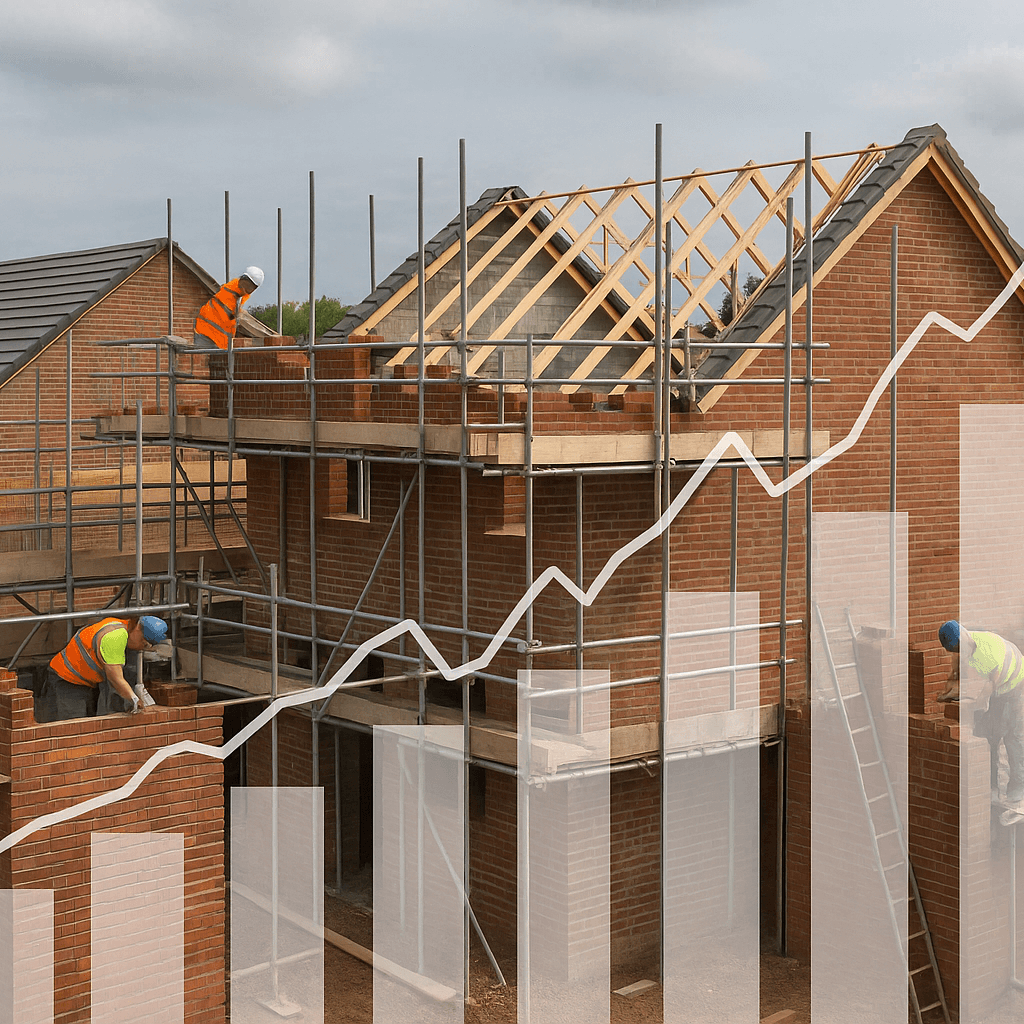Site Conditions in the UK construction industry refer to the physical and environmental conditions present at a construction site before the start of a project. These conditions encompass various factors that can influence the planning, design, and execution of the construction work.
Key Components:
- Topography: The natural and man-made features of the land, including its shape, elevation, and slope.
- Soil Type: Characteristics of the soil, such as composition, stability, and bearing capacity, which affect foundation design and construction methods.
- Groundwater: The presence and level of groundwater, which can impact excavation, drainage, and foundation work.
- Weather Patterns: Local climate and weather conditions, including temperature, precipitation, and wind, which can influence construction scheduling and methods.
- Existing Structures: Any buildings, infrastructure, or utilities already present on the site that may need to be considered or removed.
- Environmental Factors: Conditions such as vegetation, wildlife habitats, and protected areas that might require special consideration during construction.
Benefits of Understanding Site Conditions:
- Accurate Planning: Provides essential information for developing realistic project plans and timelines.
- Cost Estimation: Helps in creating accurate cost estimates by anticipating potential challenges and resource needs.
- Design Adaptation: Allows for the design to be tailored to suit the specific conditions of the site, ensuring stability and safety.
- Risk Management: Identifies potential risks early, enabling the development of strategies to mitigate them.
- Compliance: Ensures that the project adheres to all relevant regulations and environmental requirements.
Process:
- Site Investigation: Conduct thorough surveys and studies to gather detailed information about the site conditions.
- Data Analysis: Analyze the collected data to understand how site conditions will impact the project.
- Reporting: Document the findings in site investigation reports that are shared with project stakeholders.
- Design Integration: Incorporate the site condition information into the project design and planning.
- Monitoring: Continuously monitor site conditions during construction to manage any changes or unforeseen issues.




